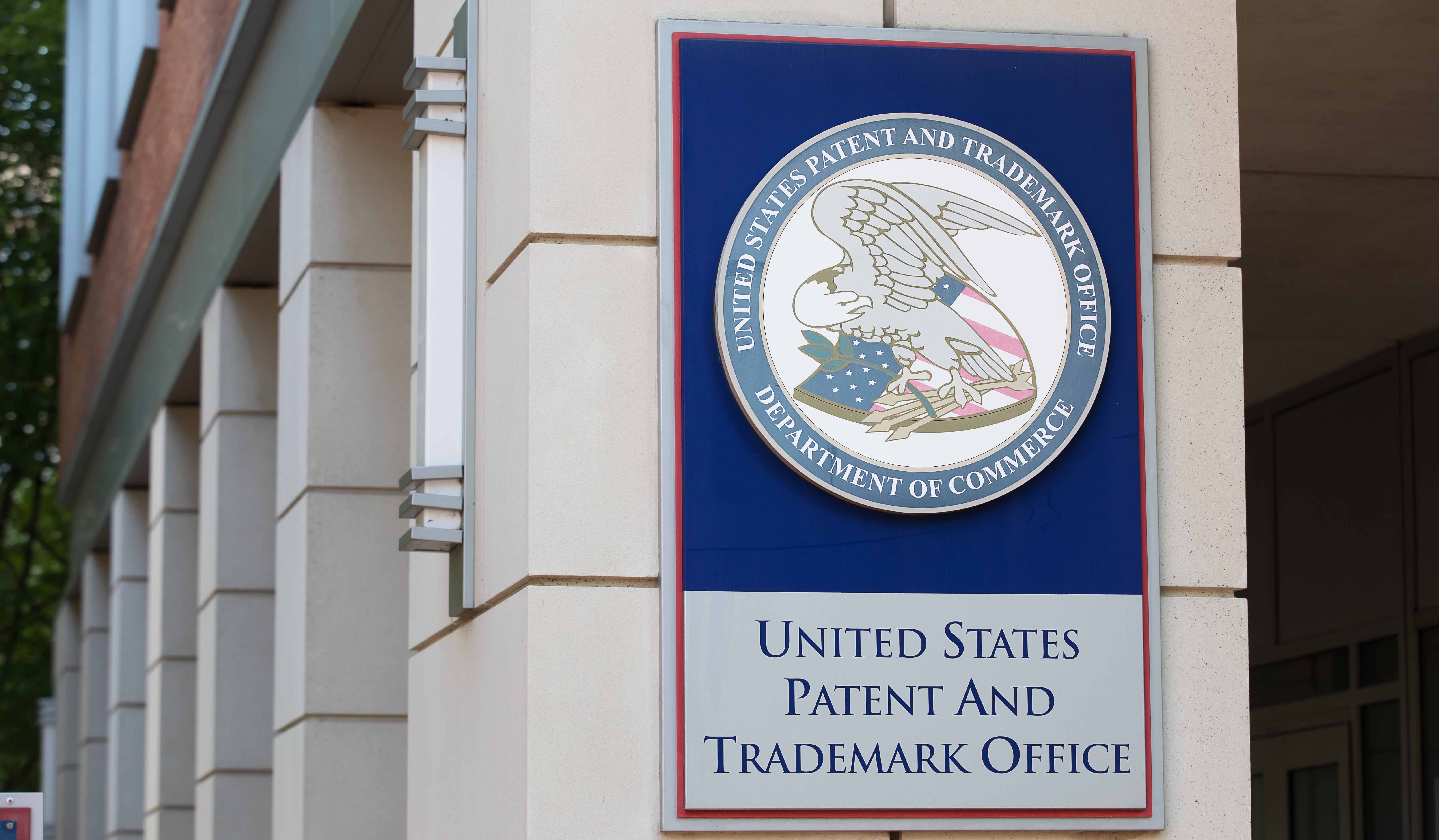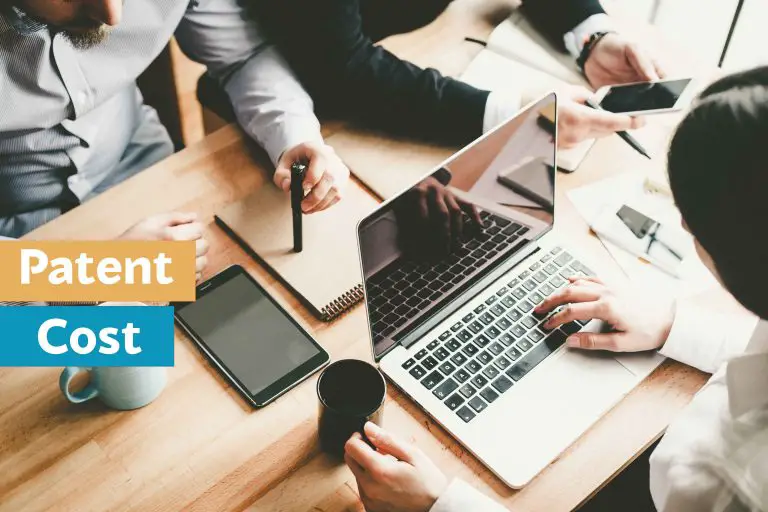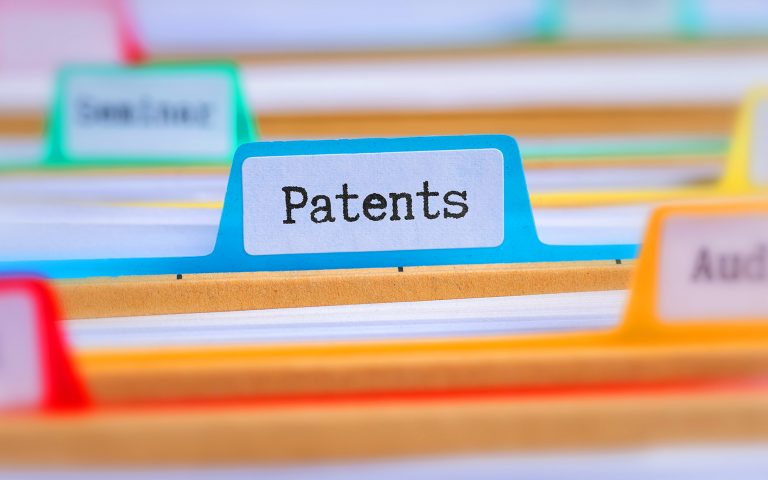How Long Do Patents Last?
The amount of time that patents last in the United States has changed a few times over the course of our history. The U.S Constitution provides that inventors should have their inventions and discoveries protected “for limited times,” however it doesn’t give us an exact number of years. This article will introduce you to the different types of patents out there as well as the length of time that each type of patent lasts. We will cover how long utility patents last as well as design patents.
The first patents in the U.S lasted 14 years from the date that the patent office issued the patent and this was based on the patent term in England. In 1861 the Government increased the patent term from 14 years to 17 years by signing into law the Patent Act of 1861.
U.S Patent law underwent major changes that became effective on or after June 8, 1995. The changes that were made to the U.S patent system made it on par with the patent systems of other countries.
How Long Does a Patent Last?
If you were wondering: how long do patents last for? Patents that were filed on or after June 8, 1995, expire 20 years after the U.S filing date of your patent. For any patents that were in force on June 8, 1995 or for patent applications pending on that date, the patent will expire either 20 years from the filing date or 17 years after the patent was issued, whichever is later.
If you’ve ever asked an attorney “how long do patents last?” They will often answer by speaking in shorthand of the 20 year patent term, however this isn’t entirely correct. The term of a patent (Enforcability of a Patent) does not start until the patent is issued (i.e., the “issue date” of the patent) by the USPTO.
Just remember that patents get their power from a statute, so if you have a patent application that is still pending, you cannot sue anyone for patent infringement until the USPTO issues your patent because until the issue date, there is no patent in existence to even enforce.
What is a Patent?
Patents are granted by the U.S Government and they give the patent holder the exclusive right to use a certain invention, useful process, machine, consumer article, or an improvement on such items. Source
If the USPTO grants a patent, the patent holder (known as a patentee) has the legal right to exclude others from using their inventions in the United States.
Patenting a certain process or invention does not require the patent holder to commercialize their own invention, it simply allows them to restrict others from making, using, or selling their invention.
Patent holders will be able to restrict others from using or selling their patents as long as the patent holders pays the maintenance fees to the USPTO. So long as the fees are paid, the patent protection will remain in effect until the patent term ends. Once a patent expires, it becomes in the public domain, meaning that anyone can use the patent and profit from its use without the patent owner’s permission.
When do Patents Expire?
Patents expire 20 years from the earliest effective U.S filing date (date that you first filed the patent). So the amount of time that your patent is pending in the USPTO (U.S Patent & Trademark Office) is subtracted from from the the 20 years that you can enforce your patent for.
Here is a quick example of when patents expire. John files his patent on January 1, 2000 and the patent is pending and is not issued until January 1, 2002.
- John’s patent was pending for 2 years
- During the 2 years while the patent was pending, John could not have enforced his patent by suing anyone for patent infringement because there is no patent yet in existence to base the lawsuit on
- John’s patent will expire 20 years from the January 1st filing date
- The application pendency period from January 1st, 2000 to January 1st, 2002 (2 years) is subtracted from 20 year patent term. So, the patent term is in reality 18 years
- Once the patent is issued, the patent holder can enforce his patent by suing anyone who infringes upon his patent
We hope this section was able to answer how long patent protections lasts.
Types of Patents | Know Your Patent
U.S Law provides protection for different kinds of patents. Different types of patents have different durations. Approximately 90% of patents in the United States are utility patents. Utility patents last for 20 years from the earliest filing date. Design patents, on the other hand, are only valid for 15 years from the date the USPTO issues or grants the patent.
Utility patents protect inventions, processes, and machines. Utility patents are the most common type of patent issued by the patent office, accounting for more than 90% of all filed for patents.
Utility patents typically claim and describe the functional aspects of an invention. They protect a variety of inventions that include consumer products, machinery, industrial parts, toys, and pharmaceutical drugs.
What is a Provisional Patent Application & How Does it Affect the Patent Term?
Some inventors choose to file provisional patent applications to get the earliest possible priority date for their invention. So, why do inventors rush to file provisional patent applications? They do so because the first to file a patent for an invention is able to claim invention priority. However, remember that provision patents only protect the date of an invention because they are not examined for patentability and do not become a patent unless the person seeking the patent files for a non-provisional patent within 12 months.
If you filed a provisional patent application before filing your utility patent application, your patent term starts on the earliest filing date, which is the date of your provisional patent application. So, you might be asking yourself what is a provisional patent application? Provisional patent applications are a cheaper way for an inventor to lock in a priority date prior to filing a regular, non-provisional patent application.
That said, provisional patent applications do not become patents. For a provisional patent application to become a patent, the inventors will have to file a nonprovisional patent application within 12 months of filing the provisional patent application with the patent office.
Some people use provisional patent applications because it gives them an extra year to perfect their invention, run experiments, find investors, or to perfect their prototype.
That said, this extra year comes at a cost because the patent term starts on your earliest filing date and by filing your provisional patent application, your patent term starts when you file your provisional application with the USPTO. So, if you’re calculating how long your patent lasts, be sure that you’re calculating from the correct filing date.
If you are looking to file a provisional patent, here is the provisional patent application form, you can find it here.
What Does Patent Pending Mean? | The Effect of Having a Patent Pending
Patent Pending is a legal designation that’s given to inventions or processes once a patent application for the invention or process has been filed. The patent pending status remains until patent is issued or abandoned.
Having a patent pending comes with a short patent life. Your patent term starts from the earliest filing date, so it will go for 20 years from the date you file your provisional patent application or from the filing date of your patent, whichever is earlier. You first filing date is also known as your priority date.
If you’ve already filed your patent, just remember that you won’t be able to enforce your patent until the patent offices issues you a patent for your invention.
If the patent office delays your patent for too long, you may be eligible to file a patent term extension to extend the patent term of your patent. Just note that to be eligible for such an extension, the patent office must be at fault for causing a substantial delay in processing your patent.
Quick Summary of Patent Terms by Patent Type
- Utility Patents filed on or after June 8th, 1995 last for 20 years from the application filing date
- Utility Patents filed before June 8th, 1995 last 17 years from the issue date or 20 years from the application filing date (whichever is longer)
- Design Patents last 20 years from the application filing date
- Plant Patents last 20 years from the application filing date
- Design Patents filed on or after May 13, 2015 last 15 years from the date the patent is issued/granted
Patent Term Extensions
The USPTO is experiencing a major backlog of pending patent applications. As a result of this backlog, the patent office is adjusting the patent term for periods longer than 20 years. What does this mean for you? If you’ve filed a patent and your patent took too long to issue, the patent office may grant you an extension to compensate for the time lost between when you filed your patent application and when it was actually issued.
Keep Your Invention Confidential
Many people in the United States are still interested in inventing new things. Many entrepreneurs want to invent something and make tons of money from their invention. The U.S patent system offers them protection that can increase the market value of their patented invention.
That said, be careful with whom you share your invention because there are a lot of start-ups and people who prey on entrepreneurs who have novel inventions that may be worth a lot of money. So, if you’re an inventor you are within your rights to be as cautious as possible when looking for a company to prototype or manufacture your invention. The last thing you want is someone copying your idea and selling it before you can even bring it to market.
There are a lot of inventors who acquire patents and despise the idea of taking their invention or prototype a shady invention factory they found on the web. Many “Invention Development” companies are either scams on aggressive marketers that try to get you to pay them upfront for their services and to give them a huge share of your sales. Be aware of such companies and scams. The best thing you can do is look for a reputable attorney who is well-suited to help you market your patent. The USPTO has a resource page dedicated to helping you avoid the most common invention promotion scams. Source
If you have invention that is unique and has commercial viability, contact a patent attorney who can evaluate your invention and protect your rights.
Patent Length Criticisms
We have heard many people who are not familiar with the U.S Patent System criticize patents as lasting too long. We disagree with system and we’ll tell you why. When everything is considered, patents only last for a few fleeting moment.
Many lawyers throw out the phrase that patents last for 20 years and while that is partially true, there is a lot of time lost from the moment you file your patent application to the time when the patent is actually issued. In some cases, patents take several years to issue, so in reality you’re getting less than 20 years of protection. This is so because you don’t get exclusive rights in your patent until its issued. For example, TiVos patent was issued after more than 10 years passed after its filing. We are not saying that every patent will experience this length of delay, just keep in mind that patent holders lose a portion of their patent term while they’re waiting for their patent to issue.
Not only do patents not last long enough, if you have a utility patent and you miss a maintenance payment, you could lose your patent and it will become part of the public domain where anyone can use it and make money from it. Here are some of the payment that you must make to ensure that your patent is good for its entire patent term:
- First Maintenance Payment – Fee/$1,600 – Small Entity/$800 – Micro Entity/$400
- Second Maintenance Payment – Fee/$3,600 – Small Entity/$1,800 – Micro Entity/$900
- Third Maintenance Payment – Fee/$7,400 – Small Entity/$3,700 – Micro Entity/$1,850
Patent Length Conclusion
We hope you found this article on patent length helpful. We covered how long the different types of patents last. We covered how long do utility patents last as well as how long do design patents last. We briefly touched on plant patent lengths. If you have any questions about how long do patents last, please feel free to leave it in the comments section below and we will do our best to answer your patent length related question.







